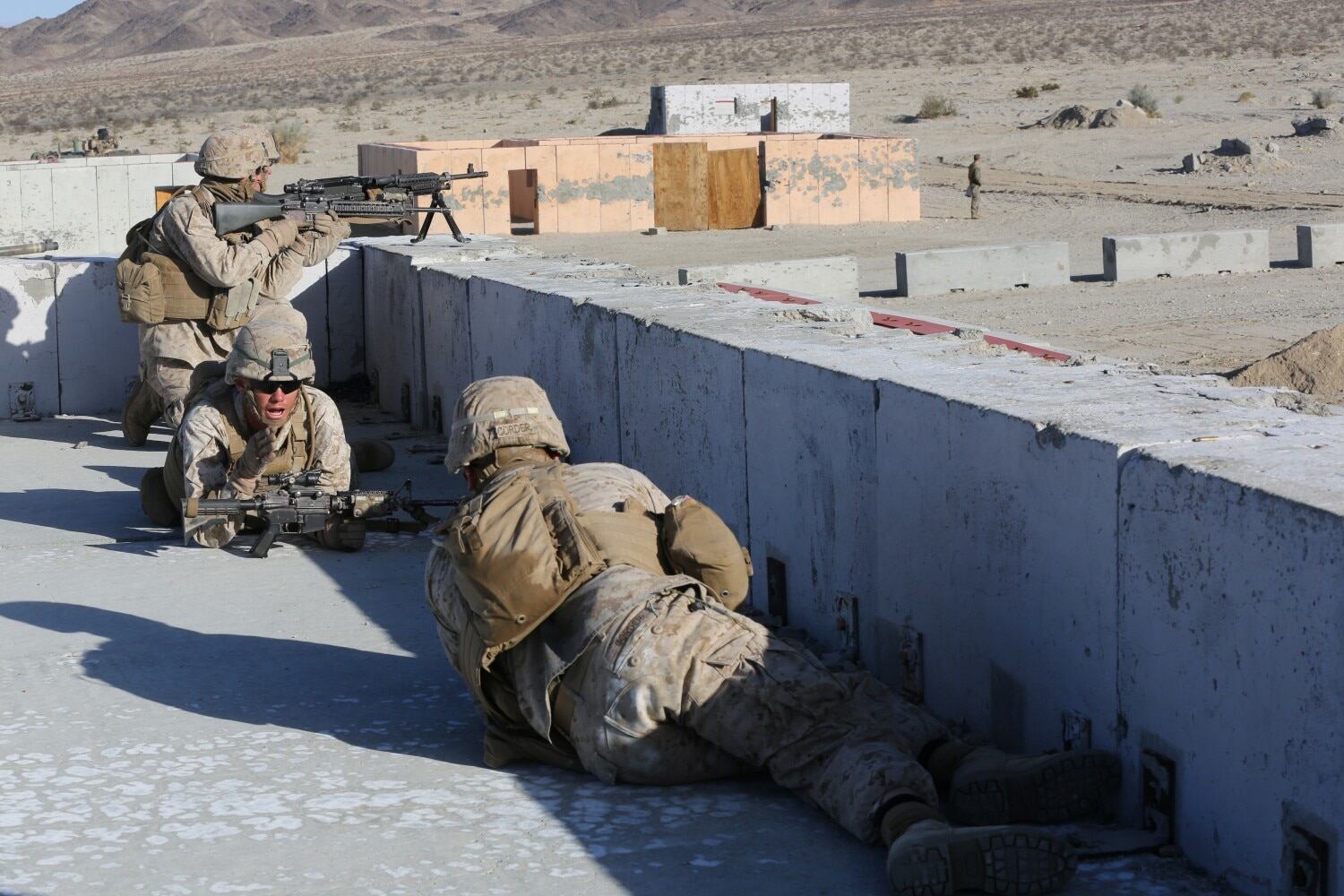Forget MRAPs, Predator drones or even the M16. Concrete has become the most effective weapon of the modern battlefield, according to one scholar at West Point's Modern War Institute.
In an essay posted earlier this month and highlighted by Vice's Motherboard blog this week, former Army Ranger instructor Maj. John Spencer said concrete barriers used in the Iraq and Afghanistan wars redefined security and operations in those conflicts, more than any of the other sophisticated technology provided to troops.
"Many soldiers deployed to Iraq became experts in concrete during their combat tours," he wrote. "Concrete is as symbolic to their deployments as the weapons they carried. No other weapon or technology has done more to contribute to achieving strategic goals of providing security, protecting populations, establishing stability, and eliminating terrorist threats."
Spencer, who served as an infantry soldier in Iraq in 2008, said he "never imagined I would become a pseudo-expert in concrete" when he was deployed to the war zone.
But hefty walls and reinforced barriers have become a key security component to combat threats such as improvised explosives, car bombs and other nontraditional threats in urban environments.

Marines participate in a live fire exercise at the Marine Corps Air Ground Combat Center in Twentynine Palms, Calif.
Photo Credit: Cpl. Joseph Scanlan/Marine Corps
They also became an invaluable tool in the siege of Sadr City in 2007, with U.S. forces using more than 3,000 of the concrete barriers to cut off supply chains and escape routes for enemy forces.
But the heavy use of concrete also come with questions about how seriously the military has looked at supplies and costs of the product. Spencer said a typical barrier runs about $600, and the cost of all those impromptu construction projects over the course of the two wars totals into the billions of dollars.
"What lessons about concrete should inform future operations?" he asks in the essay. "Should the military incorporate concrete into its plans for contingencies in urban terrain?
"Should it equip Army combat formations with better cranes among its organic equipment? Should the Army pre-position concrete? … At a minimum, these are questions that military planners should be asking."
That’s the kind of advance planning usually reserved for multiyear procurement processes. But, as Spencer notes, "concrete might not be sexy," but it is important. Follow @LeoShane
Leo Shane III covers Congress, Veterans Affairs and the White House for Military Times. He can be reached at lshane@militarytimes.com .
Leo covers Congress, Veterans Affairs and the White House for Military Times. He has covered Washington, D.C. since 2004, focusing on military personnel and veterans policies. His work has earned numerous honors, including a 2009 Polk award, a 2010 National Headliner Award, the IAVA Leadership in Journalism award and the VFW News Media award.




